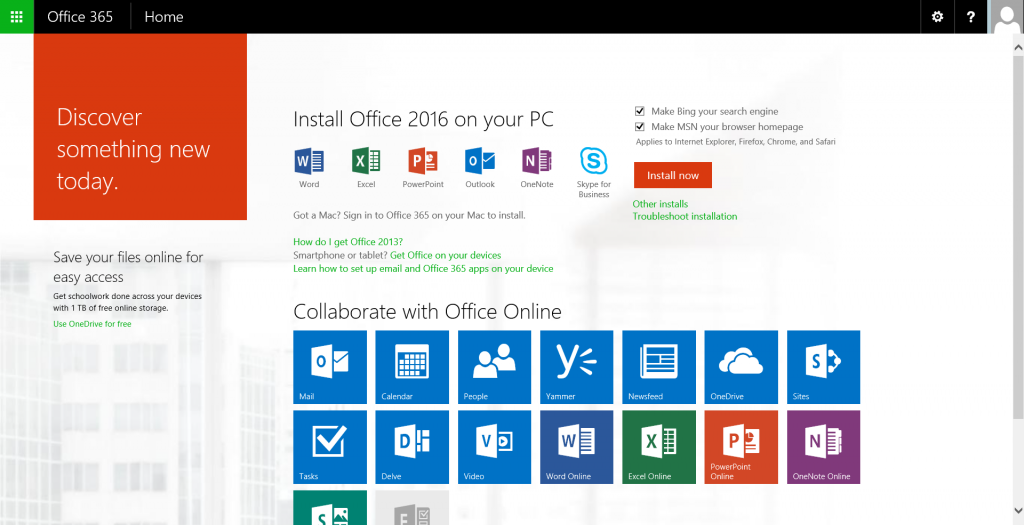


Learn how to check this in What Microsoft 365 business product or license do I have? or if you're a Microsoft 365 admin responsible for assigning licenses to people in your organization, see Assign licenses to users. This is not ideal if you are doing a company-wide install, so to speed things up and lower bandwidth hits, you can download them to a server and share them out.īoth UNC (\\server\share) and Root drive (C:\Office\Deploy) paths work in the source path field.If your Office for business subscription plan includes the desktop version of the Office apps you won't see an option to install it unless someone in your organization assigned a license to you. If you leave this out, then the (/configure) switch will pull the installers from the Internet in real time. This is where you specify what location you want to either save the installer files (/download) or where to install from (/configure). Towards the bottom of the first stage, you will see a source path field. This will populate the first stage of the XML file on the right for you to copy and paste then save as an XML file. Then in the middle “Add Product” area, verify that you have all the Required Fields set to what you want, and then hit Add Product below Language. Open the XML file generator site, and in the upper left, choose Office 365 Pro Plus 2016 or 2013 if that is what you want. You can specify exactly what you want in the XML file and that is what is installed even if you need to download it fresh from the Internet.) Gone are the days of trying to find the correct version or getting an upgrade that is not immediately compatible with some LOB app you are running. (This is where I see true genius with this deployment method. The Office Deployment Tool will create a sub-folder for the version you are downloading, so if you want a specific build of Office, you can get exactly what you need from the cloud servers. In this step, you will create a Download.XML file using notepad to grab the installer files and save them to C:\Office\Deploy.


 0 kommentar(er)
0 kommentar(er)
